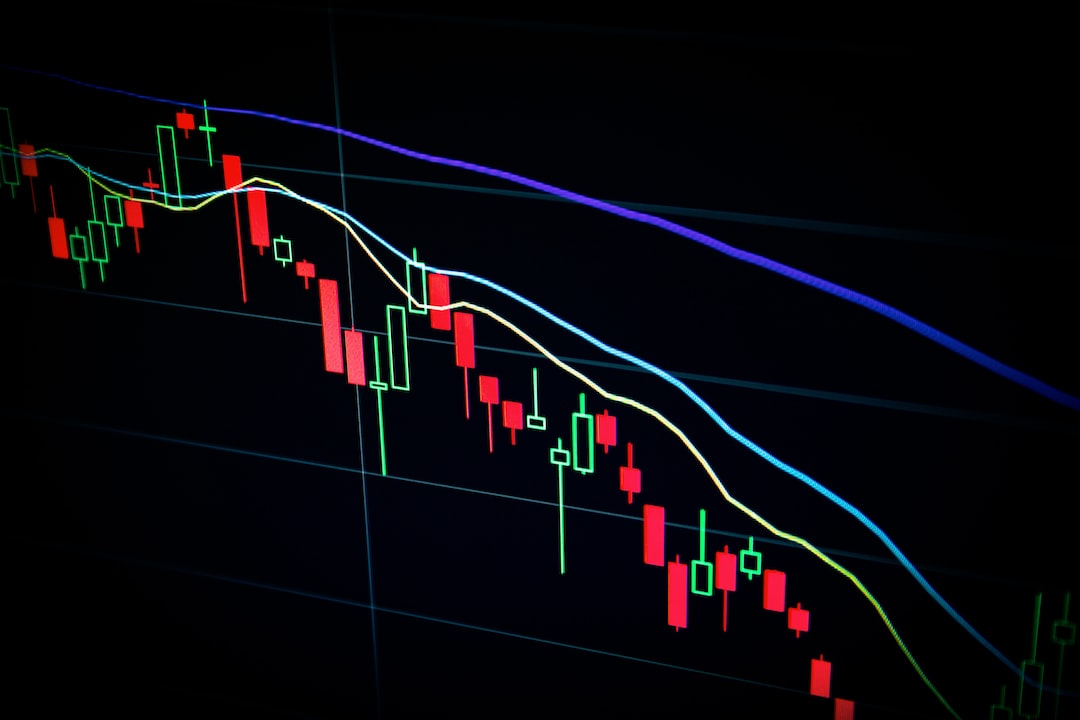The forex market is a vast and complex network of financial institutions, currency traders, and investors. To navigate this market, forex traders need to have a deep understanding of the various concepts and terminologies used in forex trading. One such concept is zones in forex, which refers to the different price levels that traders use to make trading decisions. In this article, we will explore what zones are in forex and how they are used in forex trading.
What are zones in forex?
Zones in forex refer to the price levels on a trading chart where the price action tends to stall or reverse direction. These zones are typically marked by horizontal lines on the chart and can be identified by looking at the past price action. Traders use these zones to make trading decisions, such as entering or exiting a trade, setting stop-loss orders, or taking profits.
There are different types of zones in forex, including support and resistance zones and supply and demand zones. Support and resistance zones are areas on the chart where the price action has stalled or reversed in the past due to buying or selling pressure. These zones can be identified by looking at the levels where the price has bounced off or reversed direction. Traders use these zones to identify potential entry or exit points for their trades.
Supply and demand zones, on the other hand, are areas on the chart where the price action has stalled or reversed due to an imbalance between supply and demand. In other words, these zones represent a level where there are more buyers than sellers or more sellers than buyers. Traders use these zones to identify potential areas of price reversal or breakout.
How are zones used in forex trading?
Zones in forex are used by traders to make trading decisions based on the past price action of a currency pair. For example, if a trader identifies a support zone on the chart, they may decide to enter a long position when the price reaches that level, expecting the price to bounce off the support zone and continue its upward trend. Conversely, if a trader identifies a resistance zone on the chart, they may decide to enter a short position when the price reaches that level, expecting the price to reverse direction and move lower.
Traders also use zones to set stop-loss orders and take-profit orders. For example, if a trader enters a long position at a support zone, they may set a stop-loss order just below the support zone to limit their losses in case the price breaks through the support zone. Similarly, they may set a take-profit order just below the next resistance zone to lock in their profits if the price continues to move higher.
Zones can also be used to identify potential areas of price breakout. For example, if a trader identifies a supply zone on the chart, they may expect the price to break through that level if there is a sudden increase in demand. In this case, the trader may decide to enter a long position when the price breaks through the supply zone, expecting the price to continue its upward trend.
Conclusion
Zones in forex are important price levels on a trading chart that traders use to make trading decisions. These zones are typically marked by horizontal lines and can be identified by looking at the past price action. Traders use these zones to identify potential entry or exit points for their trades, set stop-loss orders and take-profit orders, and identify potential areas of price breakout. By understanding the concept of zones in forex and how to use them in trading, traders can improve their chances of success in the forex market.





